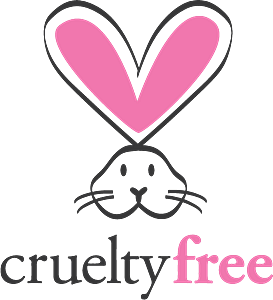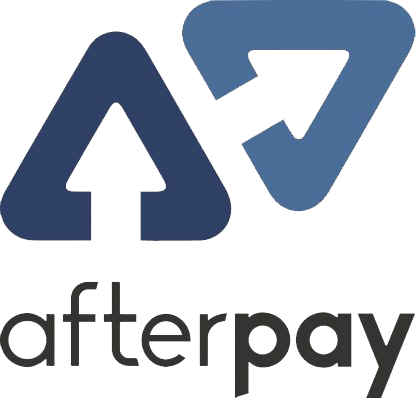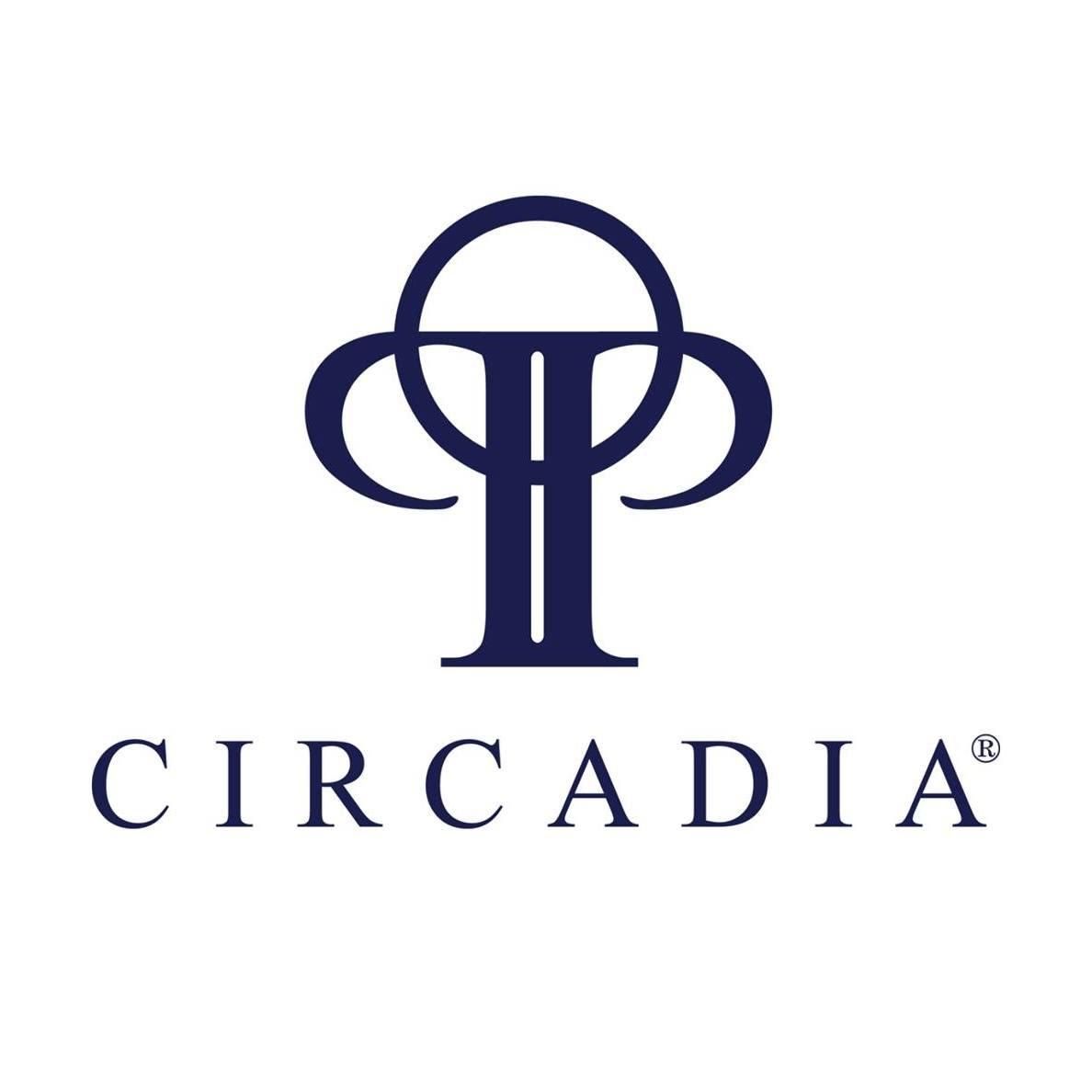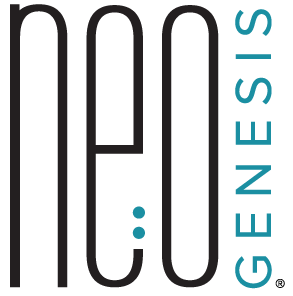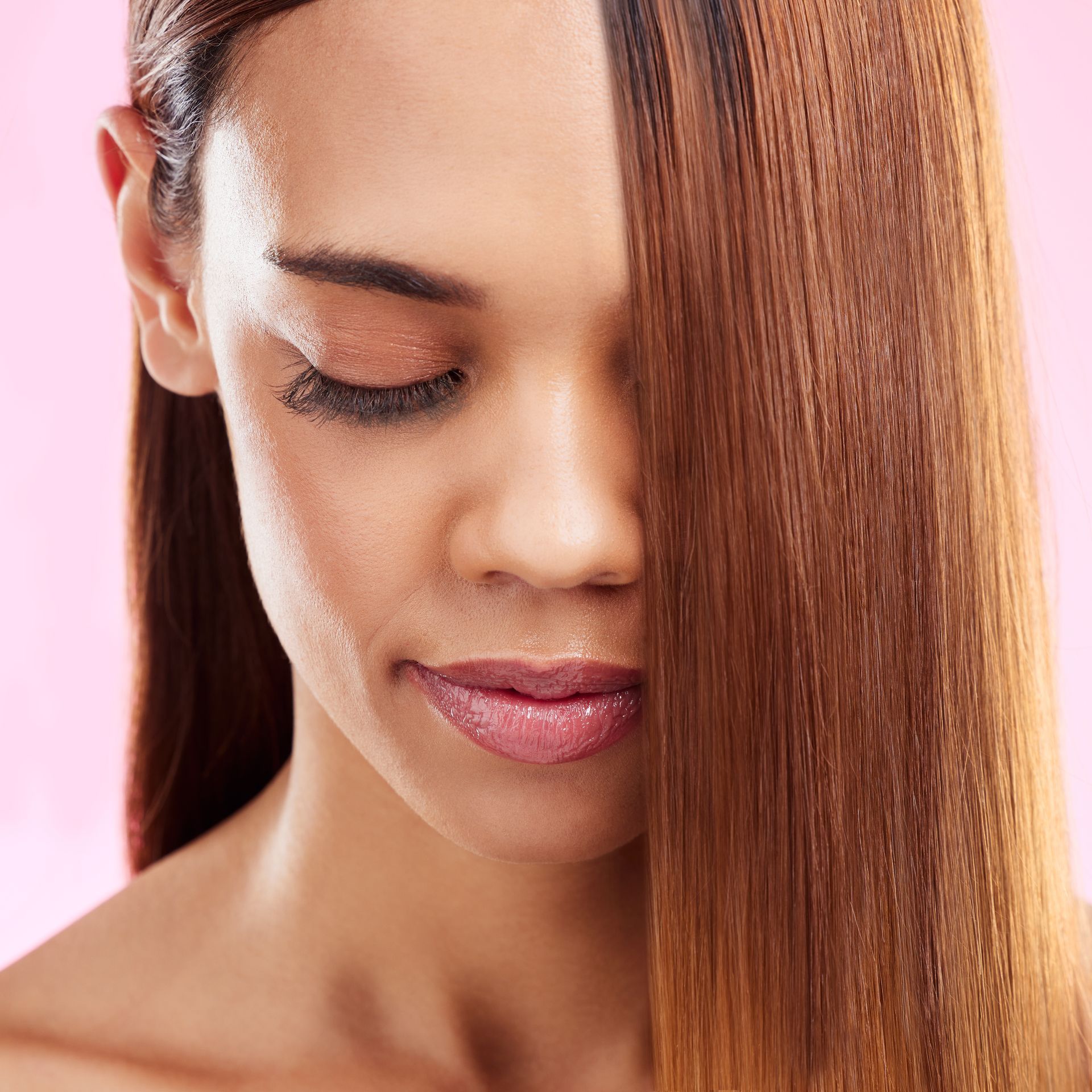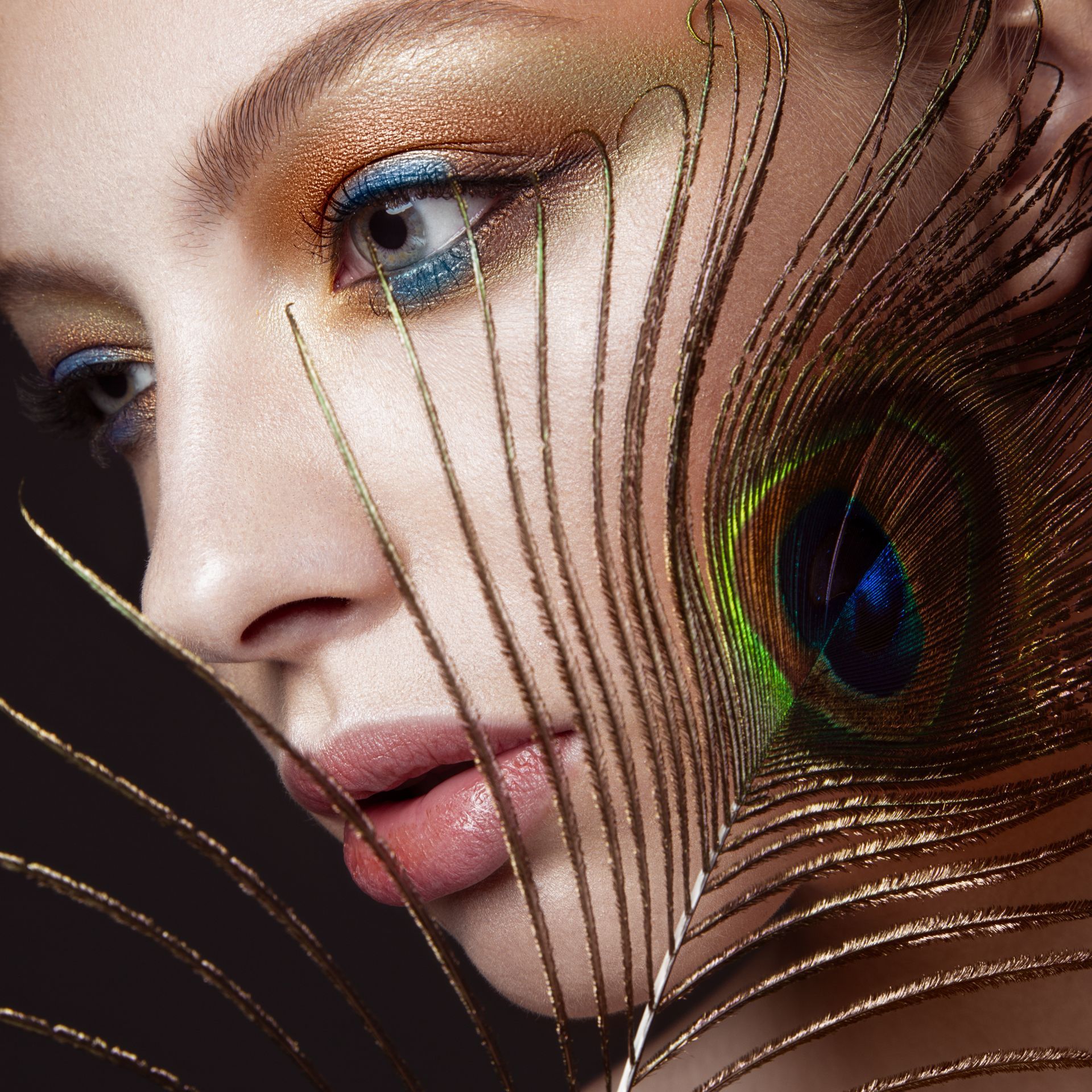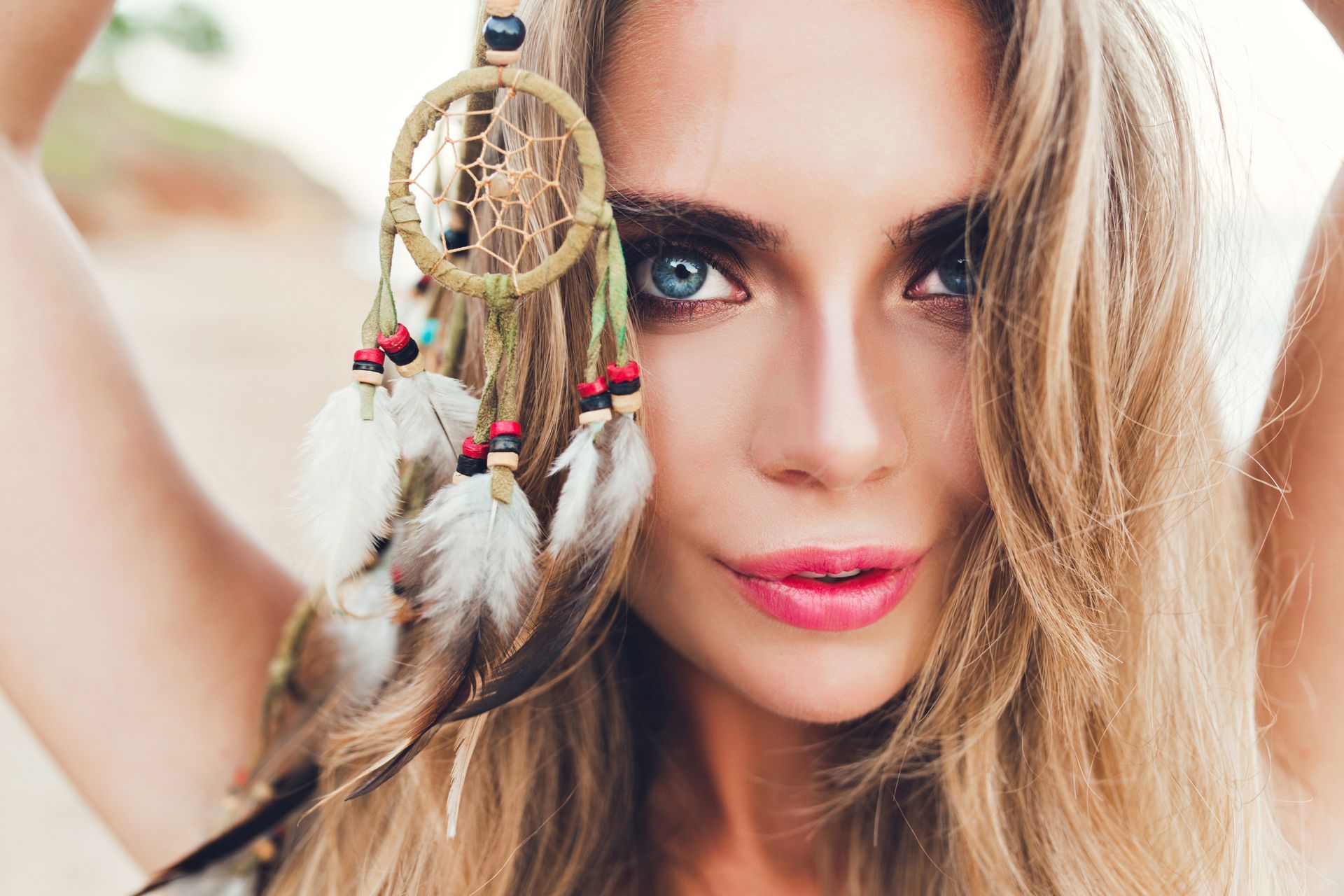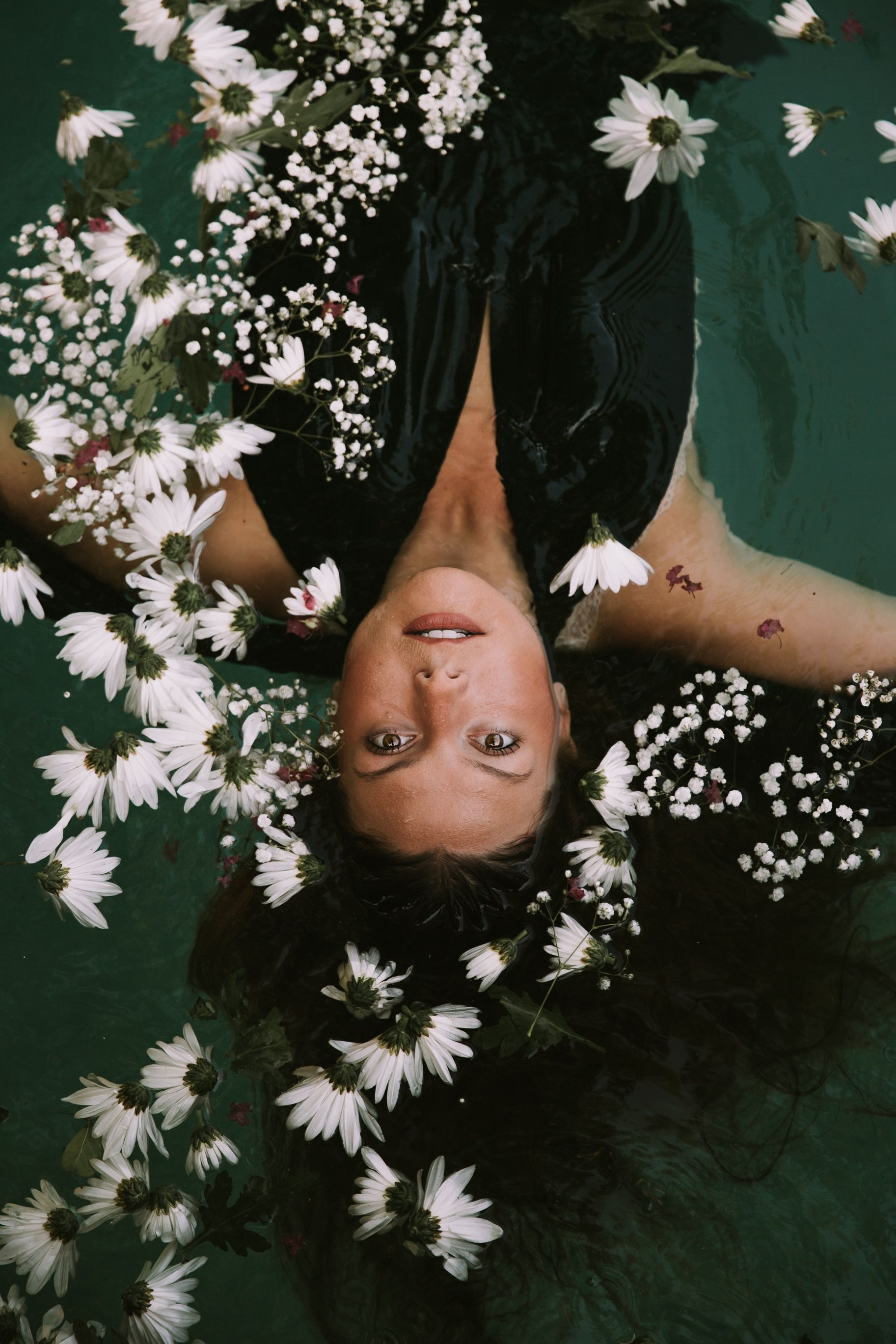Cruelty - Free

Why Shop Cruelty Free?
Did you know that 80% of the world still allows animals to be used in cruel tests for cosmetics?
And almost all countries still allow animal testing for cleaning products. Countless rabbits, guinea pigs, hamsters, mice and rats suffer and die worldwide in routine animal tests for the ingredients that go into deodorant, lipstick and washing up liquid.
But it doesn’t have to be this way; animal tests are being replaced with quicker, cheaper and more reliable non-animal methods. And companies can use ingredients which are already known to be safe..
Making A Difference
Paving the Way for Ethical Beauty: Embracing Compassionate Progress
While remarkable strides have been achieved over the past three decades, it remains disheartening that animals across the globe continue to endure distress within laboratory walls. These tests, mandated by regulatory authorities for cosmetics ingredient assessment, subject animals to painful procedures. Imagine chemicals from cosmetics being dripped into their innocent eyes, their fur shaved, and compounds rubbed onto their exposed skin, or worse, forced down their throats. These animals, after enduring such hardships, face a tragic fate as their lives are prematurely cut short, followed by dissection.
However, there is a beacon of hope on the horizon. The beauty industry is experiencing a transformation as animal testing is gradually being supplanted by alternatives that are not only swifter and more cost-effective but also substantially more dependable. These innovative methodologies align more closely with human biology, surpassing the predictive accuracy of conventional animal tests. This seismic shift toward ethical practices in cosmetics testing is a cause for celebration.
The vanguard of these alternatives includes ingenious techniques that steer away from animal suffering. Embracing simpler life forms like bacteria or harnessing human tissues and cells (known as in vitro tests), as well as sophisticated computer simulations and advanced chemical analyses (in silico and in chemico tests), are at the forefront of this transformative movement. These methodologies, collectively, represent a new era of conscientious beauty practices.
At Charishma Beauty, we stand unwaveringly committed to ethical beauty. Our choice of products and practices reflects our dedication to creating a world where the pursuit of beauty does not compromise the welfare of innocent creatures. As we tread forth into this compassionate future, let us collectively celebrate the strides we've made and continue to make, fostering a harmonious coexistence between human innovation and the welfare of all living beings.
Together, let us redefine beauty through empathy and progress.
Love Yvonne x
Cruelty-free vs. vegan
A product can be cruelty-free and still contain animal-derived ingredients, making it not vegan. Conversely, a vegan product may not be cruelty-free if the brand or its suppliers test on animals.
Certification
Many organizations offer certifications to ensure products meet cruelty-free standards, such as PETA and Leaping Bunny.
No animal testing
Cruelty-free products are made without any animal testing, either by the brand themselves or by third parties they contract with.
Ingredients matter
While cruelty-free focuses on testing, it's also important to note that a product can be cruelty-free without being vegan, as it might contain animal products like beeswax or lanolin.
Alternative methods
Cruelty-free companies rely on alternative methods to ensure product safety, such as testing on dissected human tissue or using ingredients with known safety profiles.
Ethical choice
Choosing cruelty-free products aligns with ethical values and the desire to minimize harm to animals.


